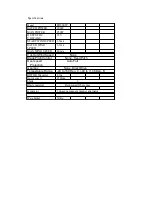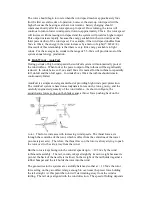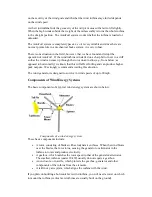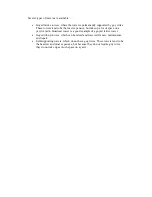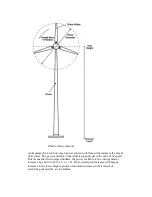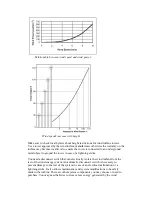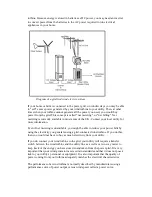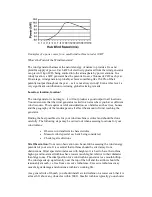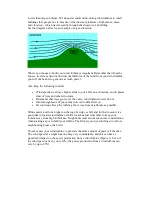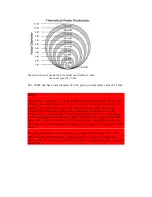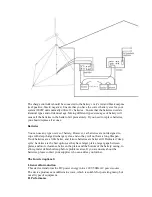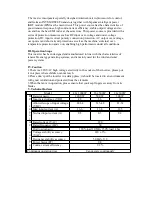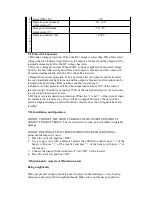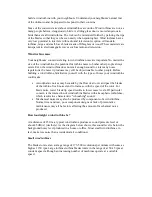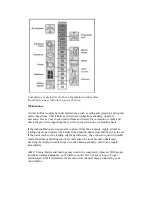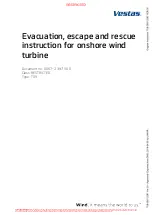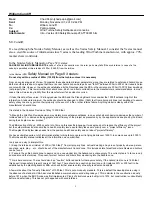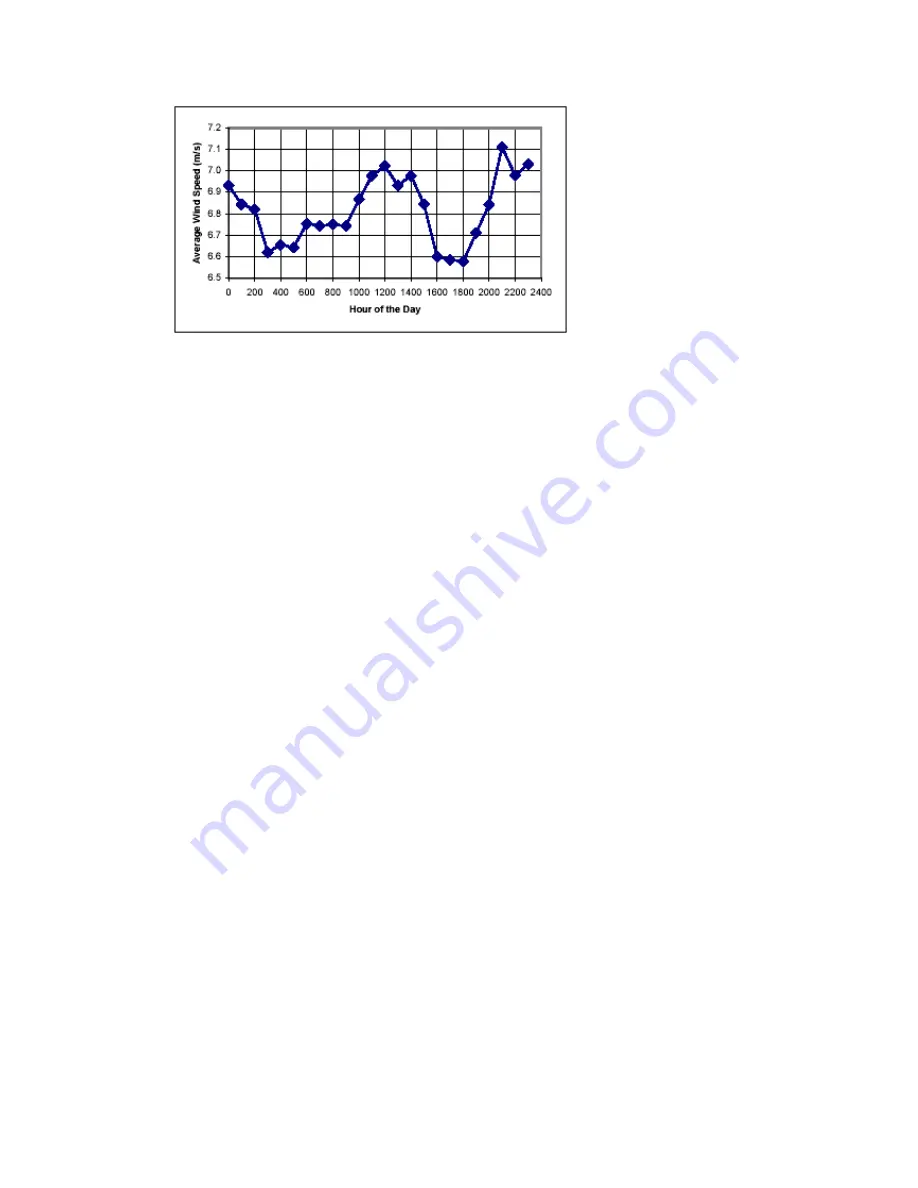
Example of wind speed distribution by hour of the day.
Values shown are monthly averages of measurements made by anemometers.
The power in the wind is proportional to the cube of its speed (see Figure 6), a 1,000-
watt turbine rated at 20 m/s will only produce 1/8 of that power at 5 m/s. So, at a wind
speed of 5 m/s, the Mighty Wind will produce 1,000 watts, while the Poo-poo will
only produce 15 watts!
Rather than comparing the rated outputs advertised for different turbines, compare the
swept area of the turbines (see Figure 11). Since the electrical output of a wind
generator is largely a function of its swept area, the larger the swept area of a rotor,
the more electricity the wind generator produces. Doubling the area on the solar
panels that is exposed to the sun can double the electrical energy generated by solar
panels. With wind turbines, swept area works much the same way.
If you do not know the swept areas, you can still make reasonable comparisons
between wind turbines by comparing the rotor diameters of the turbines. A modest
increase in the rotor diameter will lead to significant increases in both the swept area
of a turbine and the amount of electricity that the turbine can generate
Please note
that the values for power production shown on are
theoretical values
, and only
intended for illustrative purposes. The actual power production from a wind turbine
will be influenced by many other factors, such as: the efficiency that the wind turbine
is able to extract energy from the wind; the elevation at which the turbine is located;
and other design characteristics of the wind turbine.


